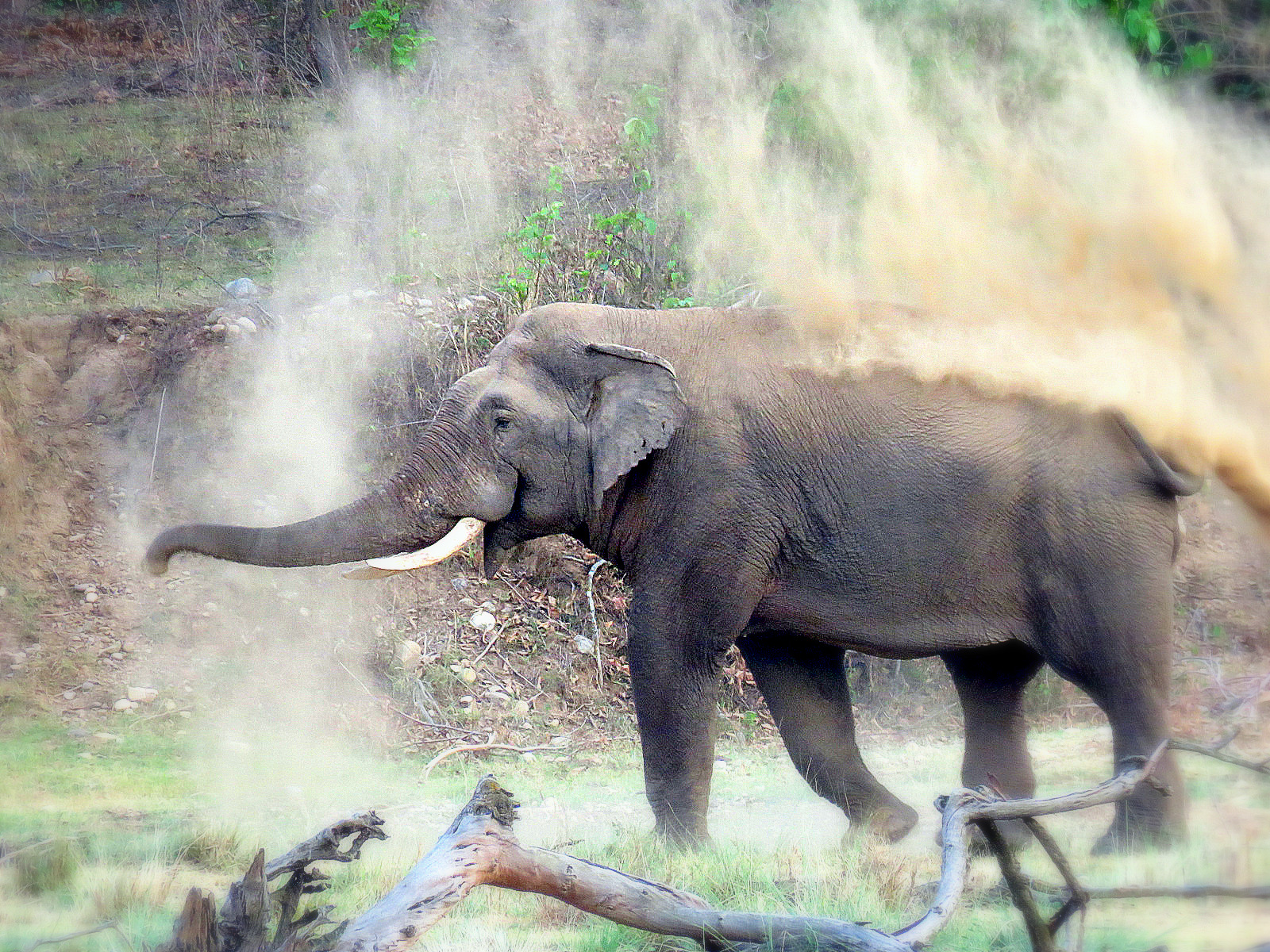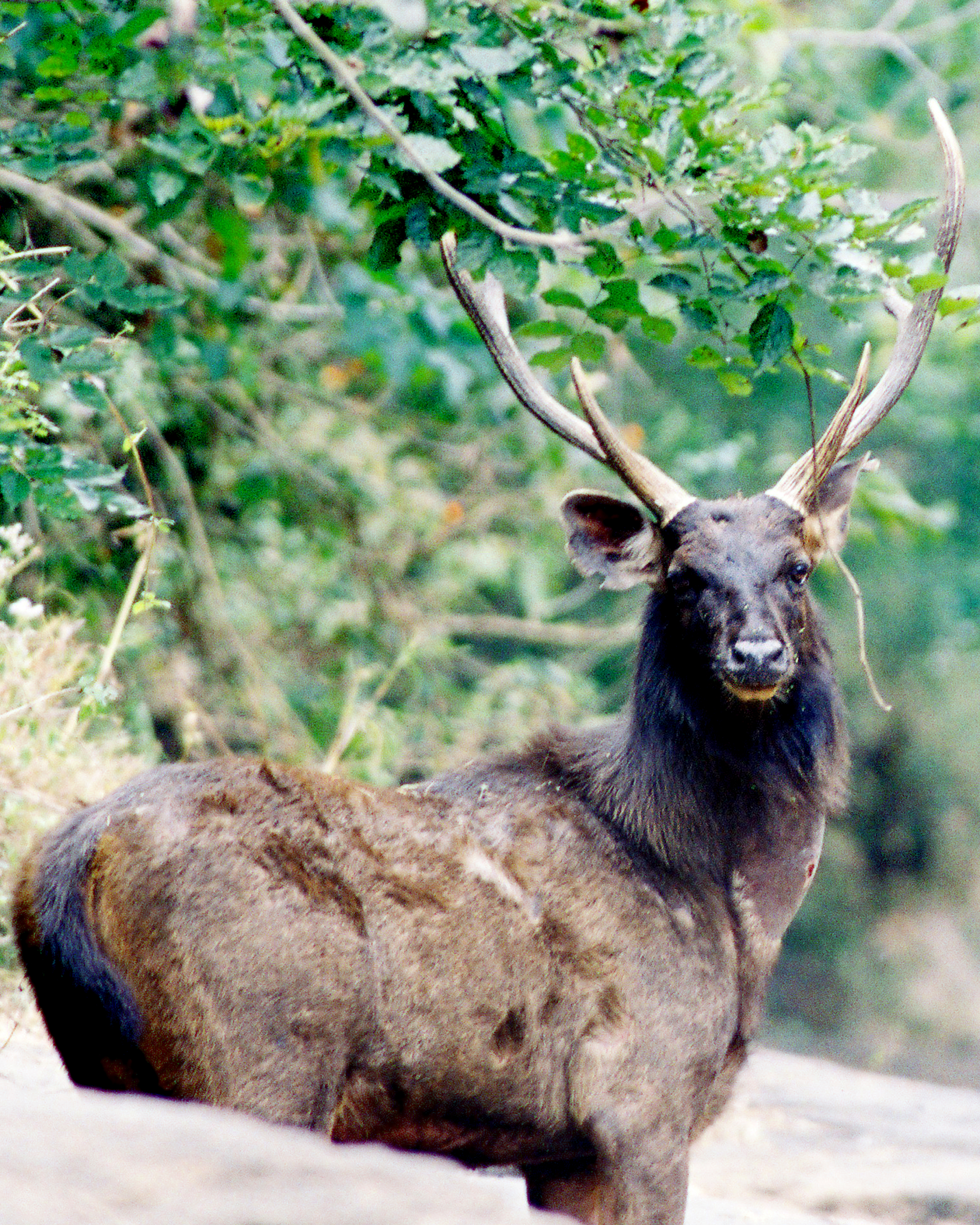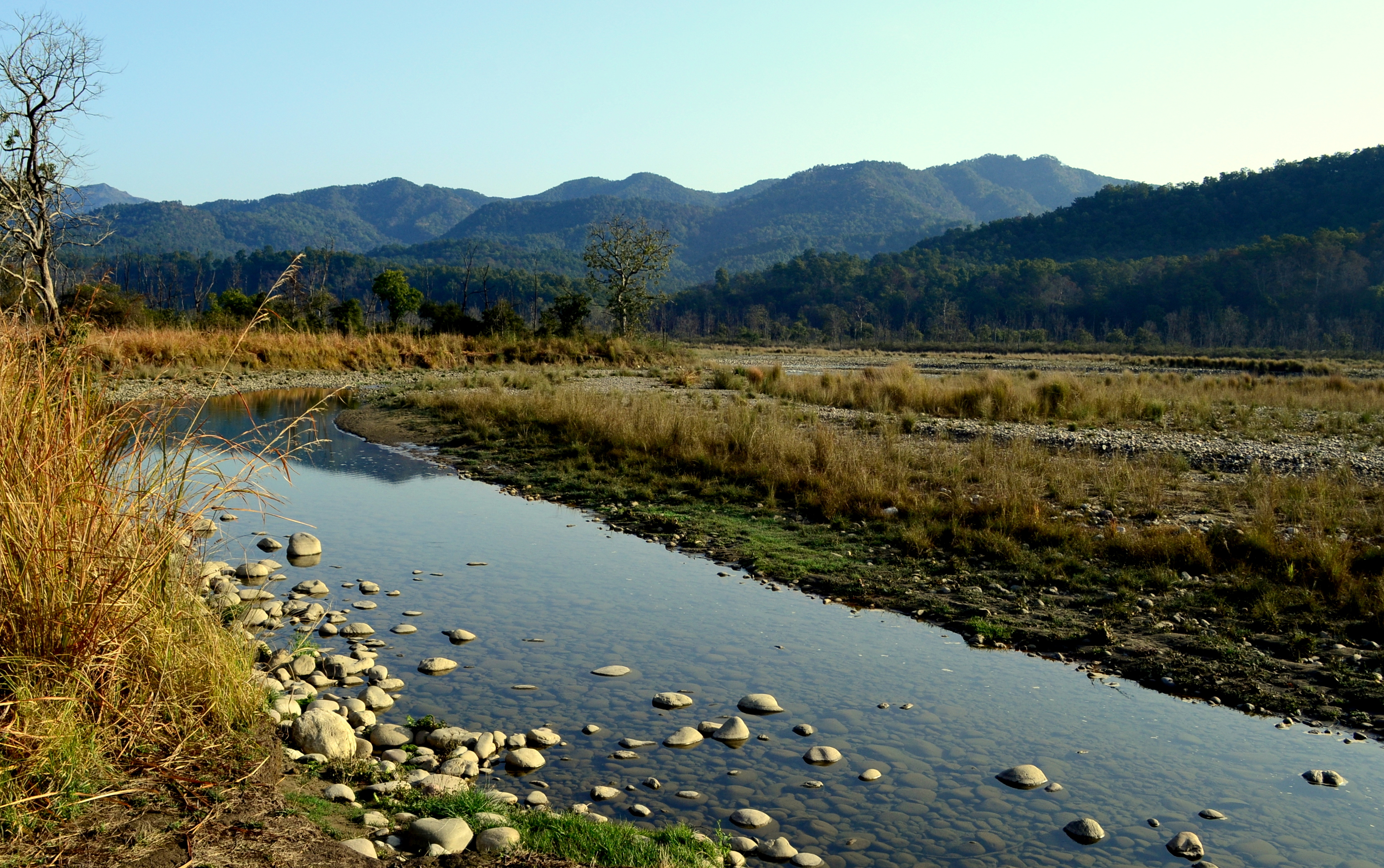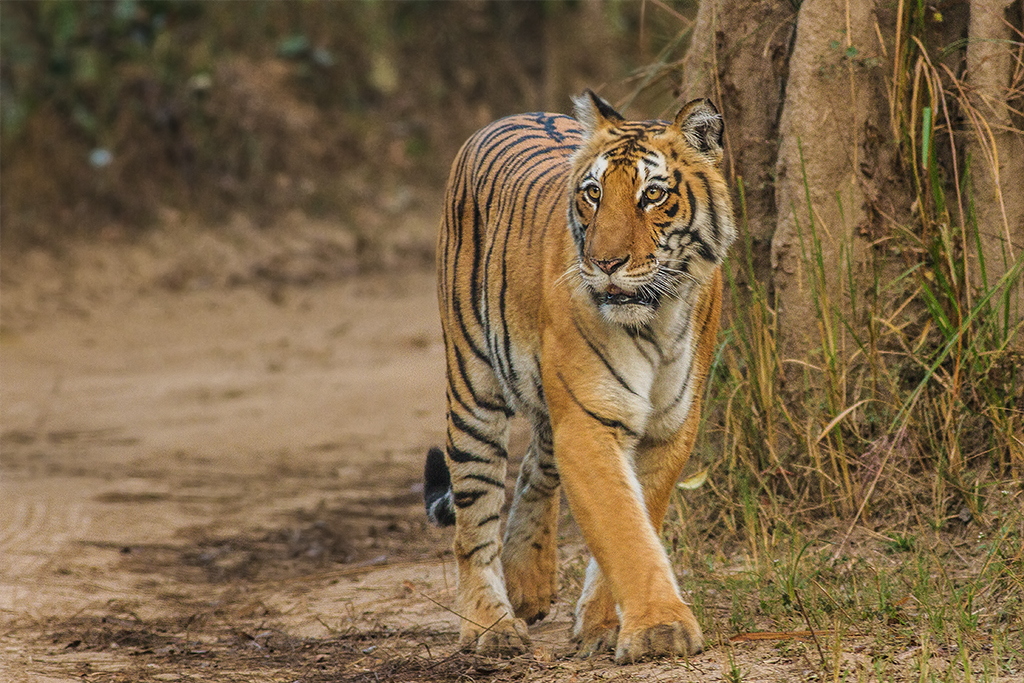Rajaji National Park emerges as a critical ecological sanctuary nestled within the Shivalik range, representing a remarkable testament to India's wildlife conservation efforts. Established in 1983 through the amalgamation of three wildlife sanctuaries, the park stands as a living memorial to C. Rajagopalachari, a prominent freedom fighter and the last Governor-General of independent India.
The park's ecological significance cannot be overstated. Spanning a critical region in the upper Gangetic plains, it serves as a crucial habitat for endangered species, particularly Asian elephants and tigers. Its designation as a tiger reserve in 2015 underscores its importance in maintaining biodiversity and providing sanctuary to some of India's most vulnerable wildlife populations.
Geographically, the Ganga River bisects the park, creating a unique ecosystem that supports an extraordinary diversity of life. Over 49 mammalian species and more than 300 bird species inhabit this landscape, making it a paradise for wildlife enthusiasts and researchers. The park's ecological complexity is further enhanced by its position in the Terai-arc landscape, which facilitates critical wildlife movement between different habitats.
Conservation efforts have been paramount in the park's management. The ongoing relocation of the Gujjar community and the construction of wildlife corridors demonstrate a nuanced approach to preservation. Four innovative flyovers and strategic fencing are being developed to ensure safe animal passage, balancing human infrastructure needs with wildlife protection.
The park's historical trajectory reflects broader conservation challenges in India. From its initial sanctuary status in 1948 to its current tiger reserve designation, Rajaji National Park represents a dynamic landscape of environmental management. Legal and socio-political considerations have continuously shaped its development, with significant milestones including its inclusion in the Shivalik Elephant Reserve in 2002.
Researchers and conservationists are particularly intrigued by the park's unique biodiversity. Its altitudinal range creates multiple microhabitats, supporting a complex web of ecological interactions. The wildlife corridors, such as Motichur–Kansrao–Barkot and Chilla–Motichur, are critical for maintaining genetic diversity and enabling animal migration.
Local cultural narratives are deeply intertwined with the park's ecosystem. Indigenous communities like the Gujjars have traditional knowledge that provides invaluable insights into the landscape's ecological dynamics. Their historical relationship with the land offers a nuanced perspective on human-wildlife coexistence.
Modern conservation at Rajaji National Park represents a sophisticated blend of scientific management and cultural sensitivity. Ongoing projects focus not just on protecting wildlife but on creating sustainable models of interaction between human communities and natural ecosystems. As a living laboratory of biodiversity, the park continues to inspire conservation efforts across India and beyond.








